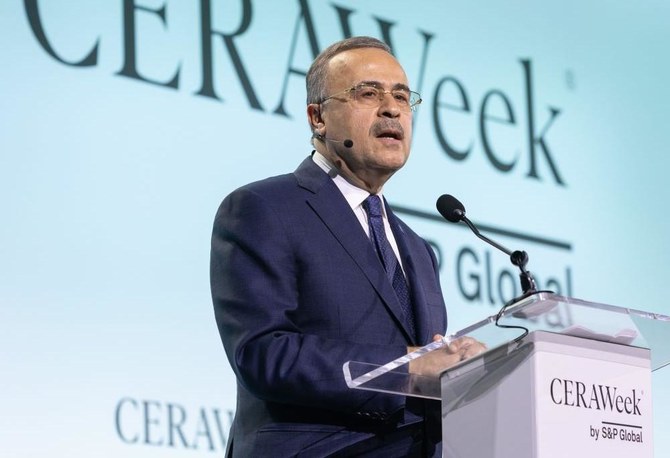
President and CEO of Saudi Aramco Eng. Amin Al-Nasser called for an updated energy transition plan that would be version 2.0 of the current plan that has proven unsuccessful. The new plan should take into account the needs of all countries, especially Asia and the global south in general, he said.
In a keynote speech at Singapore International Energy Week, Al-Nasser said: “A new energy transition plan must be developed taking into account the crucial role that Asia plays on the global stage, the nature of its available resources, and its future growth prospects.”
He added, "The 21st century may be the century of Asia, but under the current failed planning, we see that Asia’s voice and priorities are not taken into account, and the whole world is feeling the consequences as a result of this failure. Progress in the transformation process is slower and more complex than many expected; therefore, our main focus should be on what can be implemented in practice, not just theorizing.”
Al Nasser stressed the need to prioritize systematically reducing emissions to achieve the maximum possible impact, at an acceptable cost, and within a reasonable time frame. The approach will be multi-source, multi-speed, and multi-dimensional, and will not favor one type of energy or technology over another.
It will address the actual priorities of energy security, countries’ ability to bear costs, and sustainability, and will not take into account industrialized countries at the expense of developing countries. It is an updated transformation plan with a focus on Asia at its core, he said.
Regarding the challenge of energy transition costs, Al-Nasser said: “The transition will be costly for everyone, with the required costs globally estimated at between $100 and $200 trillion by 2050.
For developing countries, it could take about $6 trillion a year, in addition to the transformation that requires huge amounts of initial capital investment — the cost of capital is more than twice as high in developing countries where the need is the greatest.












